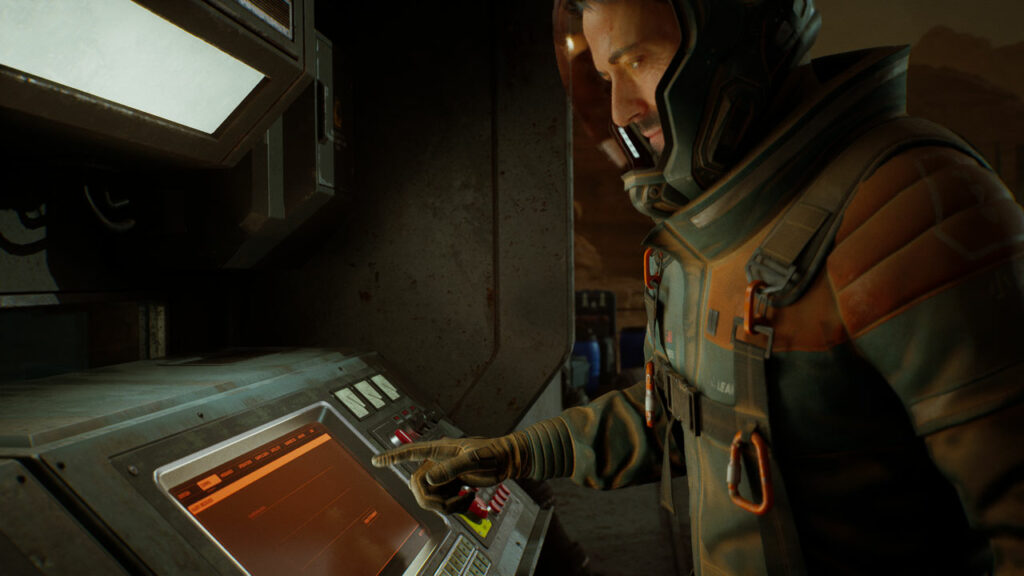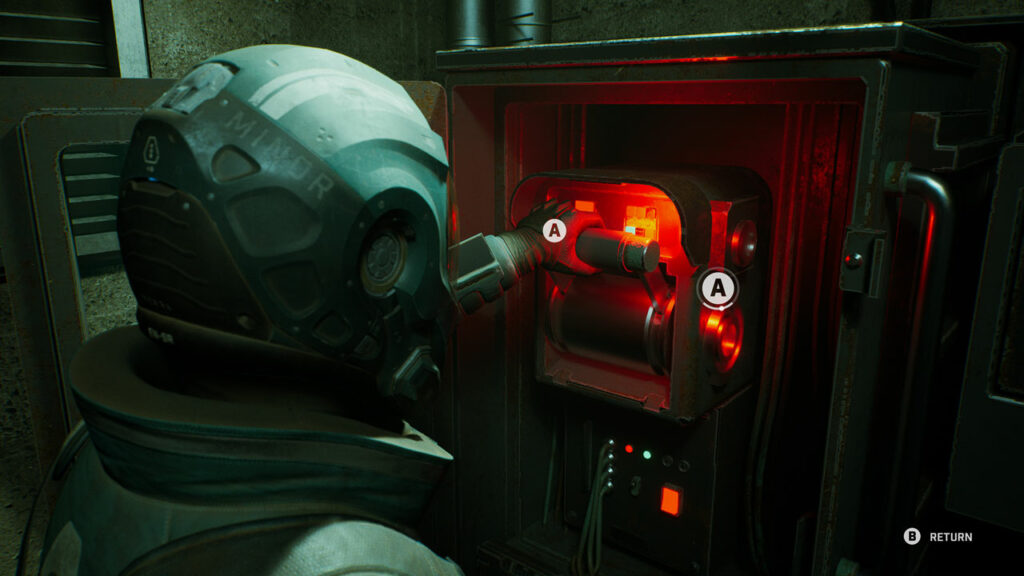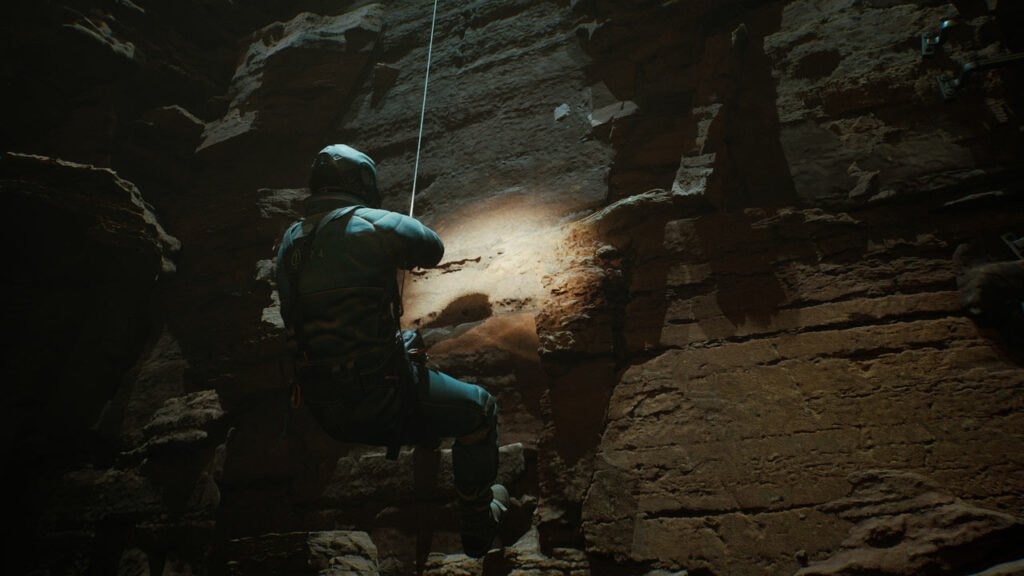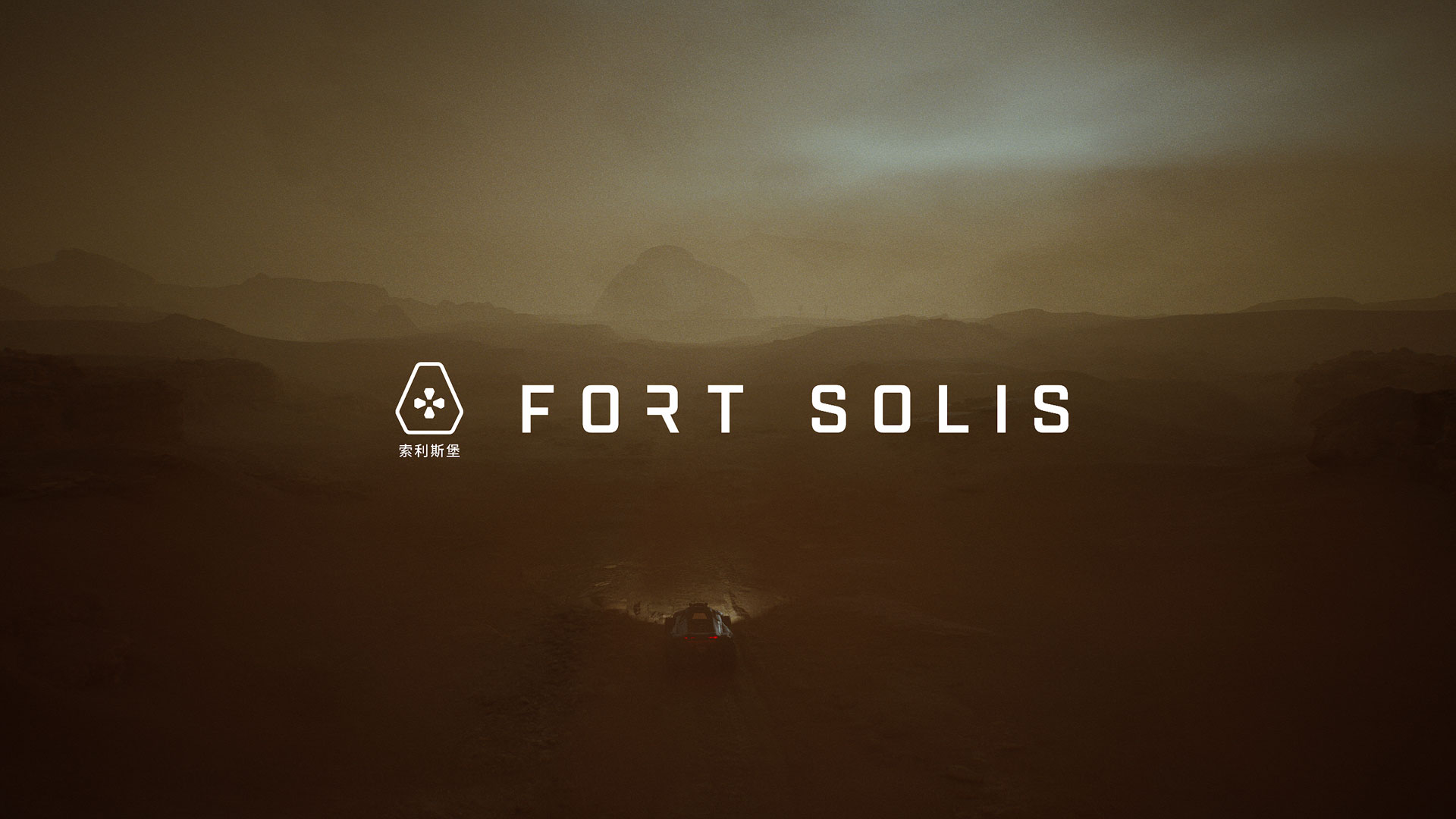When I first caught wind of Fort Solis, I was immediately intrigued by the game’s look and feel. The mystery in its trailers made me want to learn more. I wasn’t quite sure if this was another sci-fi horror game or something entirely different. In truth, not knowing what to expect made the adventure even more rewarding. Although my time in Fort Solis was short, I can’t stop thinking about it.

The less you know going in, the better
For this review, I’m going to keep plot details to a minimum. For the most part, the game surrounds an Engineer on Mars, Jack. While working on-site with his colleague, Jessica, he responds to a lockdown alert at the nearby Fort Solis research facility.
From your arrival at the facility, you’ll begin to wander around trying to find the few crew members posted there and determine the cause of the alarm. Although he’s on his own, Jessica remains on your comlink, being kept up to date with what Jack is discovering. The two share quips with each other, doing a great job of establishing their friendship.
While this isn’t an action-heavy game, calling it a “walking simulator” is selling it short. This is a suspense-focused experience where you’re not just wandering around a seemingly deserted research facility. Yes, you can stick to the script and only do the actions required of you. But if you go that route, you’re missing out on so much more.

Short but sweet
As you venture through the facility, Jack starts to uncover the events that have unfolded over the last few weeks and months. The story isn’t simply Jack relaying information to Jessica, there are many other elements to discover. So much of the story is revealed through a series of audio logs, video recordings, and email conversations.
The core plot only touches upon the key aspects of the events that have taken place at the facility. Sticking to only the key elements will get you to the conclusion much faster, but you’re missing out on so much more. Actively seeking out more to uncover more background on the different crew members gives you a much clearer picture on the events taking place.
Most people can complete Fort Solis in about three and a half hours. Doing so, means you haven’t bothered to venture around and discover other parts of the facility. There are certain spots that you don’t necessarily have to visit, as they aren’t key to the story, but you’ll want to explore.

Beautiful to look at and a pleasure to listen to
Beyond the intriguing storyline, the visuals and sound design are both incredible. Fort Solis is built using the latest version of the Unreal Engine and it goes to show where games are heading from a visual perspective. It helps that the game features a small cast of characters because it allows for more detail in other areas. For a secluded location, Fort Solis has plenty of variety. There were times I would purposely take longer routes to get to my next destination because I was curious as to what I might discover.
The game’s marketing is really pushing its voice cast, which features Troy Baker (Joel from The Last of Us) and Roger Clark (Arthur Morgan from Red Dead Redemption II). While both are great, the stand-out is Julia Brown, who plays Jessica. For a character that we mostly hear through radio communication, she does a fantastic job of serving as the voice of reason at key points.
At the same time, the sound design does a great job of adding to the tension and suspense in Fort Solis. There are points in the game where the music cues and ambient sounds play into the situation. I was regularly at the edge of my gaming chair, eager to see what was about to transpire. I typically play games with headphones, but I can only imagine how this plays with a fantastic sound system.

Pretty light on what you can do
My only gripe with Fort Solis is the fact that you can’t really “fail” at this game. Every action sequence is a quick-time event. Hit the corresponding key when it prompts on the screen. But unlike other QTE-focused games where failure means trying again, that never happens here.
The game doesn’t punish you for mistakes. You might mess up, but the story progresses. In my second playthrough, I was purposely messing up specific sequences, and it never resulted in a “game over” or the need to restart. The developers have set up a resolution of sorts for every sequence. You might take a tumble, but you still press on.
Although I was okay with the game’s length, I can see that bothering some. My first playthrough ran just under four hours and I found most, but not all, of the various audio and video logs scattered around the facility. Outside of those who want to unlock all the game’s achievements, I don’t see most people feeling the need to play it a second time from start to finish.

I can’t wait to see what these developers come up with next
Without question, Fort Solis is one of my biggest surprises of 2023 and is easy to recommend. Long after the credits rolled, I was still thinking about the events that transpired. We need more games like this – something that doesn’t overstay its welcome. Hopefully, this proves to be a success for the developers, Fallen Leaf, so they can do more narrative-focused games in the future.
A Steam review code was supplied for the purpose of writing this review.

